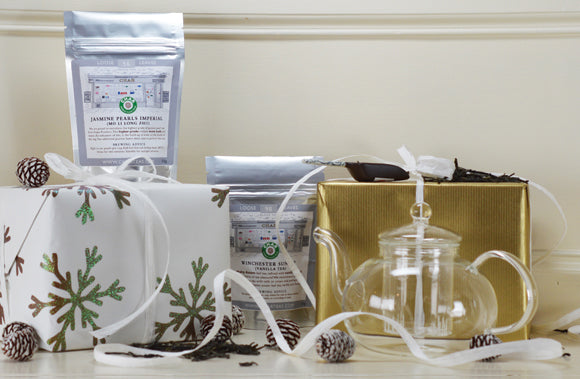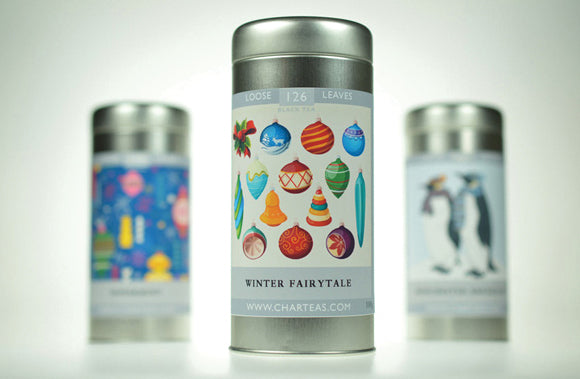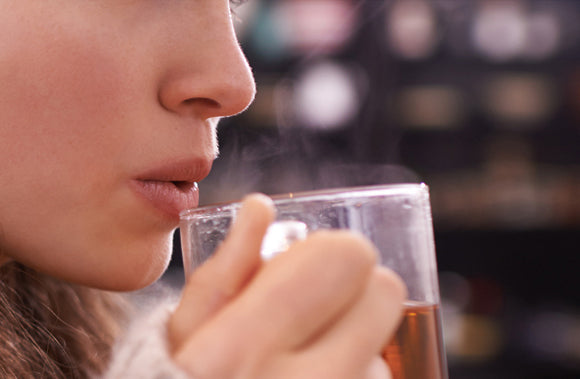
Herbal Wonders: Chamomile
A somewhat unassuming herb that is most often reached for with bleary eyes, chamomile has an extensive history unknown by most. Treasured by ancient Egyptians for its sun-like appearance which brought the god Ra to their minds, this herb was used for purposes both medicinal and cosmetic: as a poultice for rashes, a tonic for fevers, for youth-preserving skincare, to make yellow dye, powdered to be used as an insecticide, and even used to anoint and decorate the dead. Chamomile remnants were even found on the sandals of King Tut!
The Romans, similarly, used this wonder-herb medicinally as a digestive aid, for fever reduction, pain relief, and as an anxiety aid. Its wide application meant that it was also used symbolically in Roman pagan worship to symbolise health and vitality.
These are two of the most prolific cultures in history, united in mutual appreciation of chamomile. However, this herb has been used in folk medicine practices which have gone undocumented, potentially for millennia. Nowadays it is predominantly known for its sleep promoting prospects, but there is much more to this humble little flower than will fit on supermarket packaging. Let's explore this sunny little tisane and let its lesser-known properties shine.
A Soothing Brew
Whilst its sleep-aiding properties are well documented and this is typically the way it is marketed, chamomile is also a fantastic relaxant. For many, the mere act of drinking something warm can be a soothing experience in itself, but within chamomile is a particular antioxidant named apigenin which binds to certain receptors in the brain that promote sleepiness and relaxation which aid in reducing anxiety.
An Ap-peeling Brew
The apple-like scent of chamomile is a delight to those who have known this as a digestive relief. Chamomile contains flavonoids and bisabolol - compounds which have anti-inflammatory and antispasmodic effects. This means that a cup of chamomile tea can help with indigestion, bloating, gas, and cramping by reducing inflammation along the digestive tract and relaxing the muscles to aid digestion. It is often reached for to soothe menstrual cramps as well for this reason. It is important to note that moderation is advised during pregnancy as there have been correlations drawn between significant chamomile consumption and preterm birth and low birth weights.
A Treat for your Skin, Too?
So far, we have spoken about the benefits of ingesting chamomile-infused water, but that is not the only option! Used topically, chamomile's anti-inflammatory properties can be beneficial to the skin as well, and so it has been used by eczema and acne sufferers for a very long time to aid healing and relieve itching. This can take the form of a cream, ointment, compress, or in a teabag in the bath!
Modern scientific research is beginning to uncover the extent of this plant's healing properties, but herbal remedies alone are not as effective as medicine, and we doo not recommend it in place of medicine. Please speak with your general practitioner if you intend to use this plant alongside a course of treatment and they will be able to guide you according to your unique situation.
Now that you know you can use this happy little flower that most of us already have in the cupboard for a variety of purposes, and enjoy it in an array of new ways! Perhaps you will stop short of decorating your sandals with it, but here in Char, you would not be judged for that. Pop into our Winchester High Street shop or order yours online today!

 Assam
Assam
 Black
Black
 Breakfast
Breakfast
 Caffeine Free
Caffeine Free
 Ceylon
Ceylon
 Cold Brew
Cold Brew
 Darjeeling
Darjeeling
 Decaffeinated
Decaffeinated
 Earl Grey
Earl Grey
 Favourites
Favourites
 Flavoured
Flavoured
 Flowering
Flowering
 Fruit
Fruit
 Green
Green
 Herbal
Herbal
 Jasmine
Jasmine
 Mate
Mate
 Oolong
Oolong
 Organic
Organic
 Pu Erh
Pu Erh
 Rooibos
Rooibos
 Scented
Scented
 Smoked
Smoked
 Sparkling
Sparkling
 White
White
 Winchester
Winchester
 Loose Tea
Loose Tea
 Tea Bags
Tea Bags
 Gift Caddies
Gift Caddies
 Teapots
Teapots
 Accessories
Accessories
 Tea Tins
Tea Tins
 Storage
Storage


